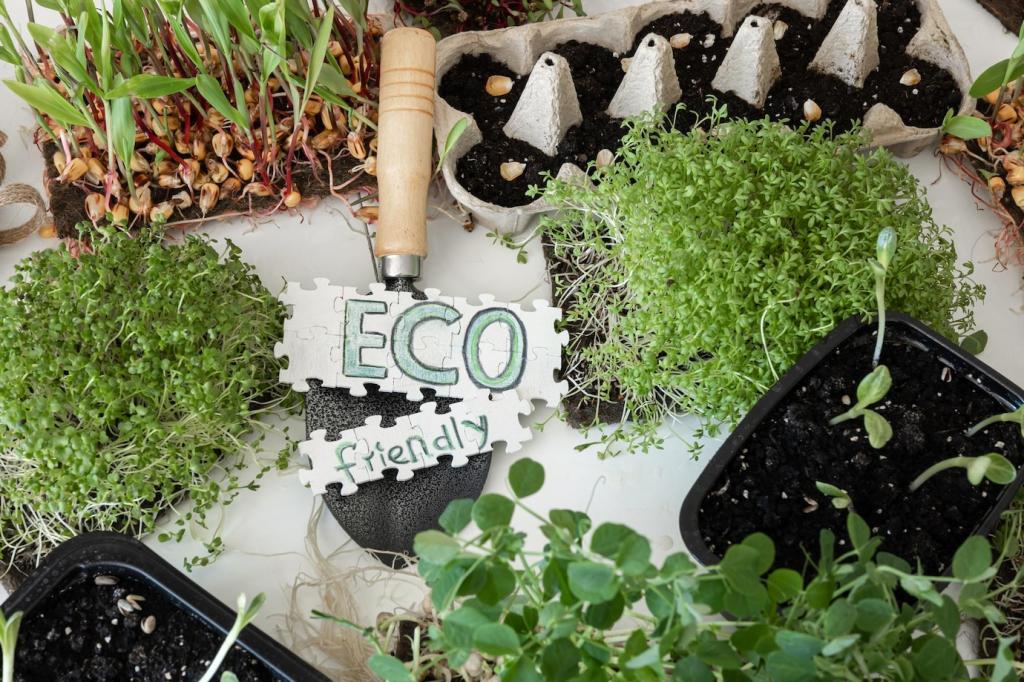Finding Your Authentic Eco Voice
Translate core values—like circularity, fairness, and durability—into verbal behaviors. If you value circularity, speak in cycles and repairs, not disposability. If you value fairness, prioritize people-first phrasing that respects workers, communities, and readers’ time.
Finding Your Authentic Eco Voice
Talk to customers about what sustainability feels like in their daily routines. Notice phrases they repeat—like “small wins” or “plastic guilt.” Borrow their language to write microcopy that sounds familiar, supportive, and free of shaming or moralizing.






